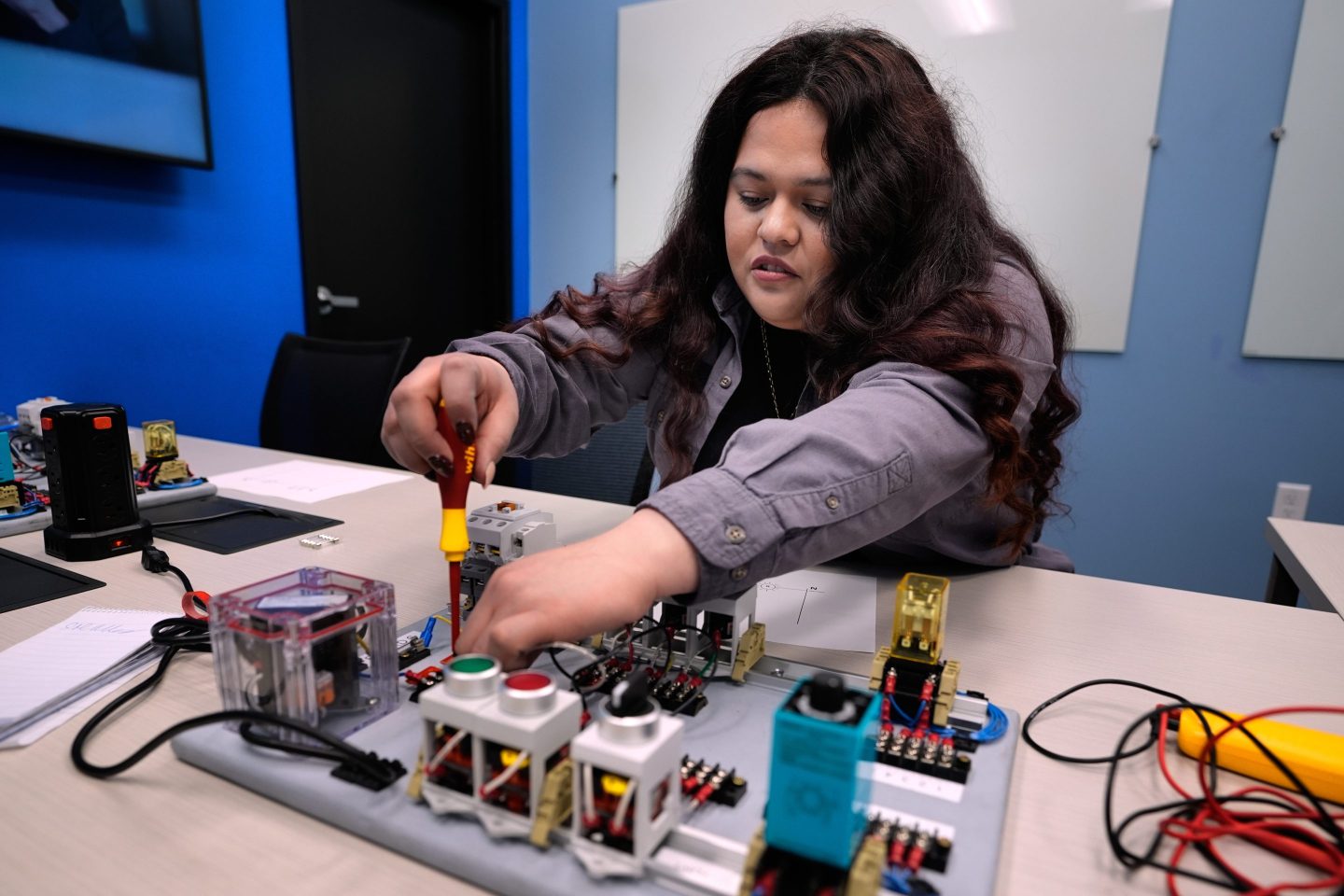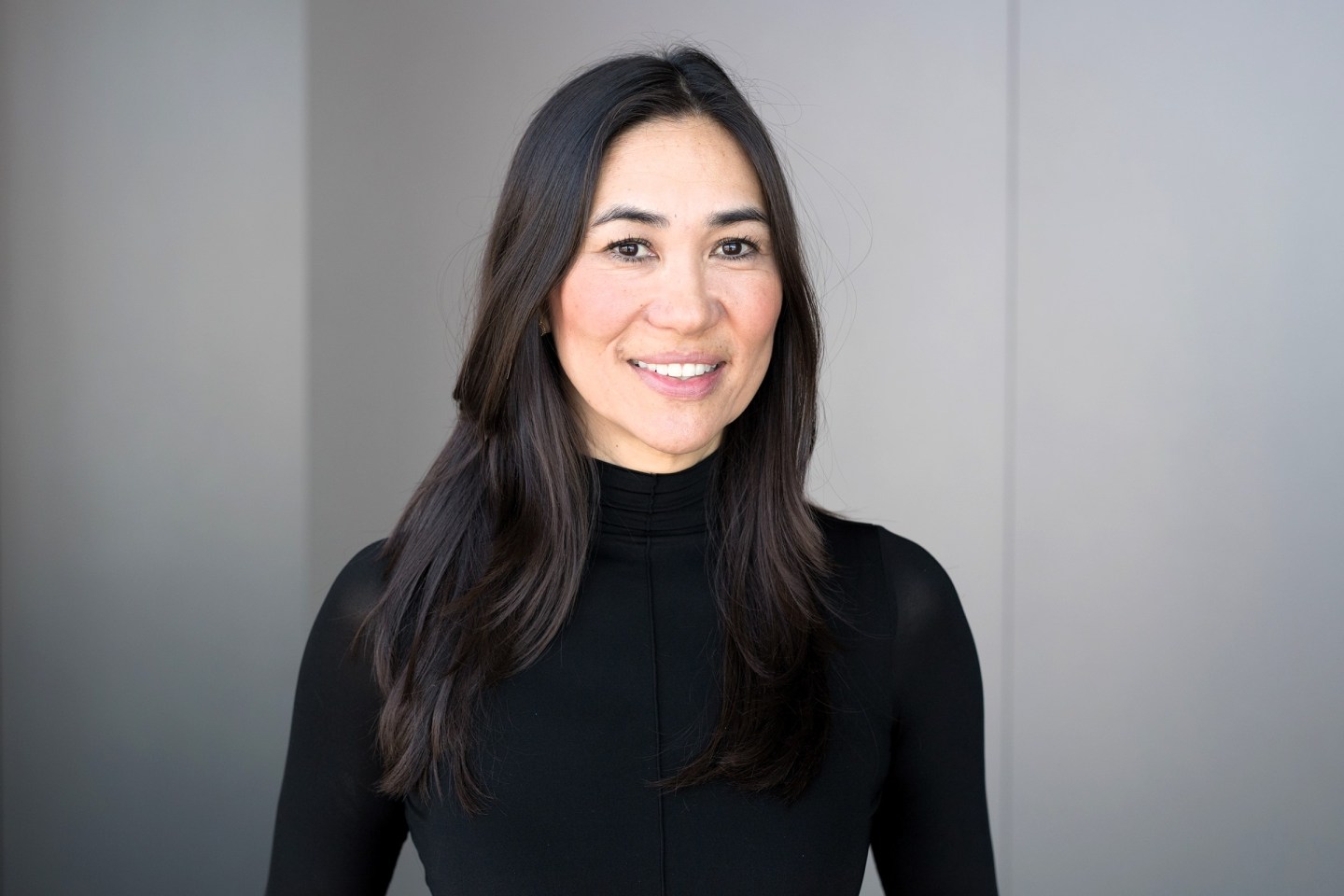The essential work of disaster relief and recovery faced an existential threat if it didn’t swiftly adapt to the COVID-19 pandemic. Why has disaster relief work become more essential now than ever?
The global community is dealing with a public health crisis, and at the same time, the frequency and intensity of disasters is increasing—a collision of crises. Key findings from a 2020 report from the Geneva-based International Federation of Red Cross and Red Crescent Societies made clear that while the world’s attention is rightfully on the pandemic, climate disasters can be just as devastating. According to the report’s authors, “more than 100 disasters—many of which were climate- and weather-related—have affected more than 50 million people around the world since March,” when the WHO declared COVID-19 a pandemic.
The question for us and our peer organizations, whether it be World Central Kitchen or SBP, was pressing: how could we work in communities around the world affected by climate disasters during this dual humanitarian crisis in order to meet pre-pandemic commitments?
Nonprofit organizations nationally also face the existential threat of raising critical dollars, and for disaster relief organizations, we face the issue of successfully and safely galvanizing volunteers. According to the Associated Press, “Despite record amounts of charitable donations this year, the effects of the pandemic are suffocating nonprofits across the country as organizations face soaring costs and demand for help, yet are largely without their own support systems, including volunteers and in-person fundraising events.”
At All Hands and Hearts, we knew we had to rely on our 15 years of disaster relief experience to pivot and safely restart global operations after an operational pause in mid-March. This meant being fiscally smart, adapting with nimble approaches to the essential work, and, above all, being safe.
With these pillars at the forefront, we adapted our traditional residential volunteer model by launching DM12, an initiative to mobilize small-to-medium-sized cohorts of volunteers to engage in extended service commitments—essentially creating “bubbles.” It is designed to increase safety and allows us to work more personally and directly with participants to navigate COVID-19 changes.
Like our peers, we are incredibly mindful of safety everywhere, from the Los Angeles area, where our partnership with the Los Angeles Regional Food Bank and Community Organized Relief Effort (CORE) was created to assist motivated volunteers in delivering their critical services to vulnerable populations, to the Bahamas, still affected by the destruction of Hurricane Dorian in September 2019. A news report from News 10 in Florida painted a clear picture at the one-year anniversary of the storm, saying, “The coronavirus pandemic has slowed recovery efforts following the destruction of Hurricane Dorian.” We not only returned to work in the Bahamas, but doubled down by expanding to two programs. We fully intend to live up to our ideal of “arriving early after a natural disaster and staying late for a sustained response.”
The work of disaster relief, compounded by the pandemic, also disproportionately impacts regions of the world that are particularly vulnerable to this dual crisis. For example, according to a Pan American Health Organization assessment, “nearly seven out of 10 hospitals in Latin America and the Caribbean are in areas vulnerable to natural hazards. There is a close relation between disaster risk management, health emergencies, and government finance, and the notion of compound risk is more present today than ever.”
We and our peer organizations can all endeavor to hold to our promises of partnering with communities around the world affected by natural disasters on the long, and now more complex, road to recovery.
Petra Nemcova is the cofounder of All Hands and Hearts.












